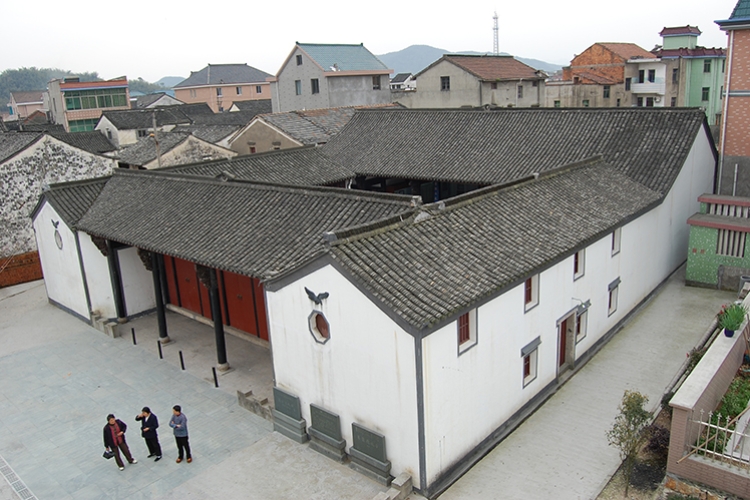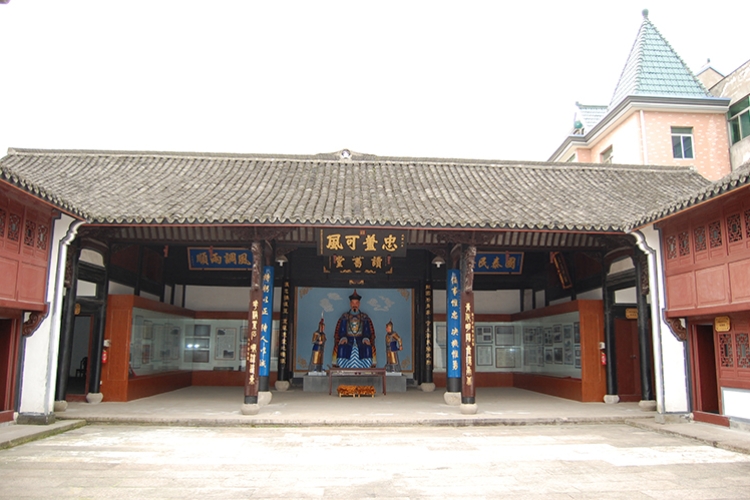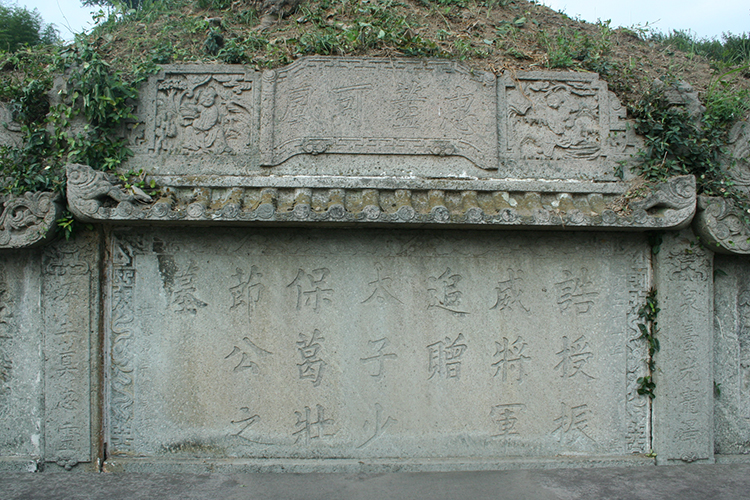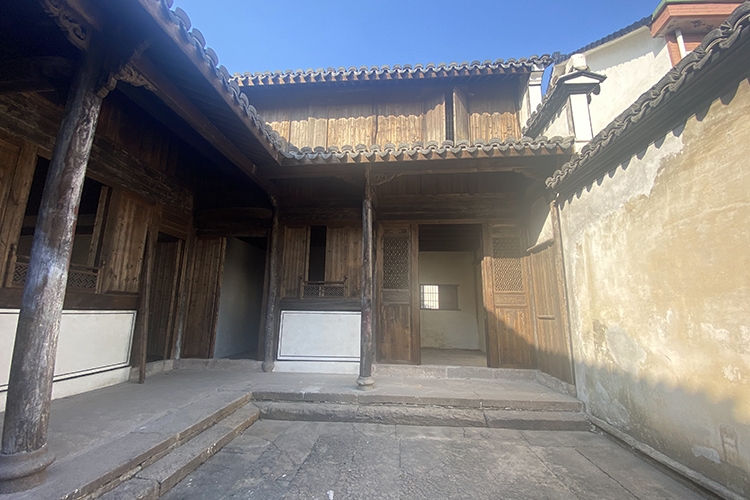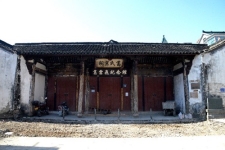(1)Ge Yunfei tomb
Ge Yunfei (1789-1841), words Pengqi, also known as Lingtai and Yutian. A native of Shantoubu Village, Xiaoshan District, Hangzhou. In the third year of Daoguang (1823), he took the rank of martial artist and served as the commander-in-chief of Dinghai Town. In 1841, he was martyred during the First Opium War, and was known in history as the "Three General Soldiers of Dinghai". In October of the same year, he was buried in Sanquan Wang Village, Xiaoshansuo Town. He was awarded the title of General Zhenwei and posthumously presented to the prince Shaobao. In the tenth year of Tongzhi (1871), he was given the governor and general Jianwei. Ge Yunfei's tomb sits north facing south, the bottom is made of stone, the top is sealed soil, the s tone slab is pressed, and there is an altar table in front of the tomb.
(2)Ge Yunfei Residence
Ge Yunfei's former residence includes two buildings, Gong Baodi and Ge's Ancestral Hall. Gong Baodi, which means the palace of the imperial prince Shaobao, is Ge Yunfei's birthplace, and the main house Ming Ma was once his residence. The building sits west facing east and consists of the main room and the east and west wings. Ge's Ancestral Hall is where Ge Yunfei studied when he was a child. Sitting west facing east, it consists of an entrance hall, a main hall and east and west wings. At the back of the hall, there is an ancestral tablet and a statue of Ge Yunfei is placed. From 2004 to 2006, the Ge Ancestral Hall was renovated and opened to the public as the Ge Yunfei Memorial Hall.
